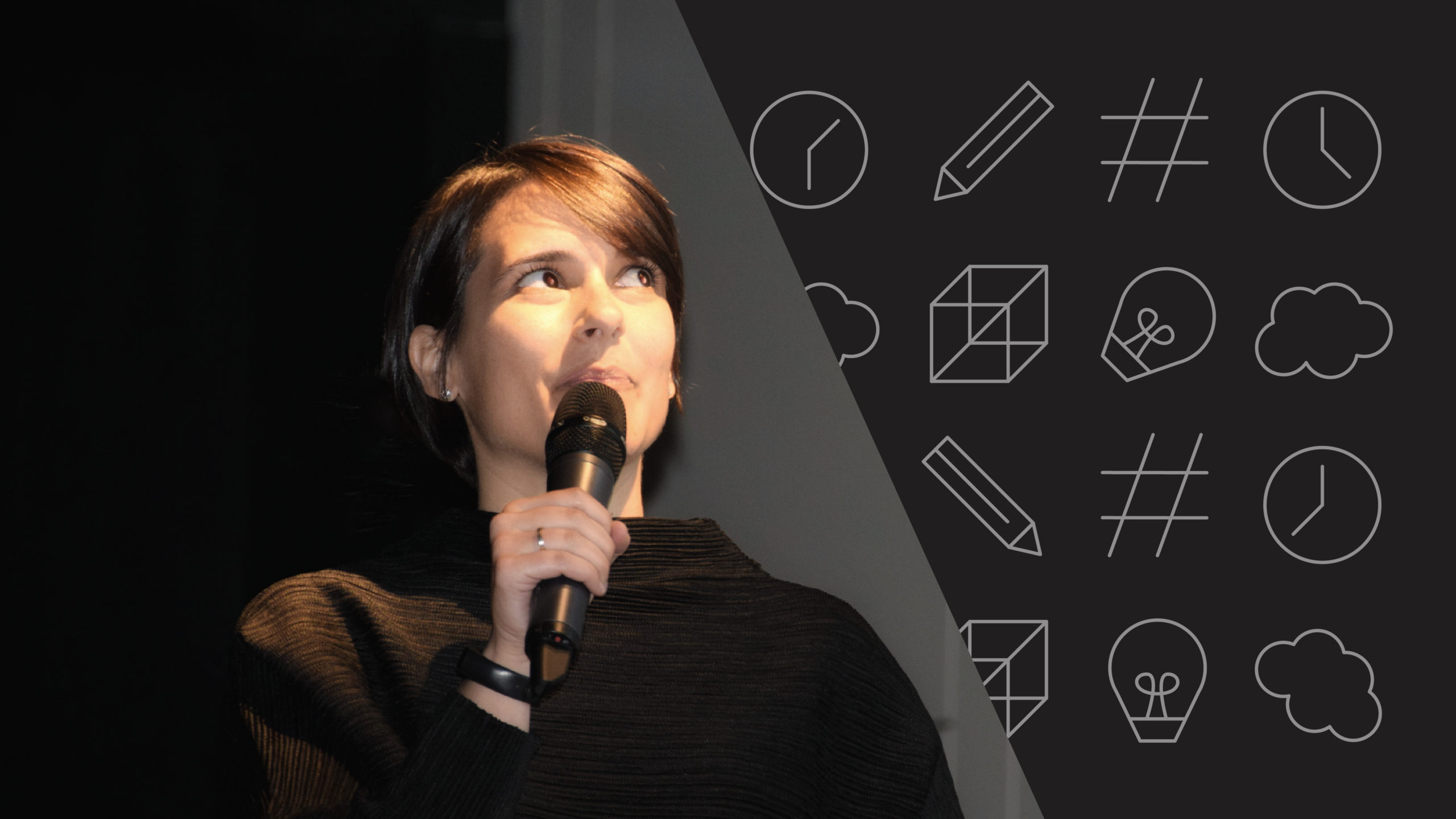
Knowing when an idea is good.
Ariadna Grau (Ari) has more than ten years experience as a Brand Manager in the Beauty and Food industry. I recently joined Prospekt Agency, where we work with a lot of Brand Managers, so I wanted to get Ari’s take on what it’s like.
We spent two hours on google meet talking about her experience. I could have talked for much longer, but then I realised I had to condense the interview into a blog post.
I actually ended up splitting the blog post into four segments:
- The definition of brand and the role of a Brand Manager
- The qualities you should be looking for in a Marketing Agency
- Knowing when an idea is good (this blog post)
- The demands on brands in a world where everyone has a voice
Coming up with new ideas
I asked Ari if it’s tough coming up with ideas all the time. She said it is, and that it wasn’t unusual to hear “I want a new concept written by tomorrow” from her bosses. Ari says ideas don’t happen on-demand.To ensure she captures the ideas when they appear, Ari carries a notebook around with her. She says she has a drawer full of ideas.Idea generation has to be a habit. Inspiration can come at any time.
Sources of inspiration
To assist in idea generation she mentions competitors and market research agencies as a good source of inspiration. Typically the big agencies like Mintel, Nielsen, WGSN, as they show trends and offer useful data to support or direct ideas. Surprisingly, she doesn’t always look at the same industry for ideas – she talked about sourcing inspiration from Architecture in some of her beauty packaging designs! And nowadays social media is recognised as a powerful source of inspiration.I asked Ari to share the hashtags she follows for inspiration – here’s the list: Food #foodstagram #foodporn #instafood #healthy #vegan #plantbased #yummy #foodgasm #foodie #eeeeeats #nomnom Beauty #KBeauty #JBeauty #instabeauty #badhairday #skincare #haircare #hairstyle #haircolor #makeup #fashion #BBloggers #texture #design #packaging #style #ootd Generic Marketing #branding #brandingdesign #socialmedia #packaging #design #viral #creativity #viralmarketing #meme #marketingcampaign #SEO #onlinemarketing #CGI #3D #3Dpackaging #render #animation In addition to these online sources, Ari mentions marketing agencies as a key ingredient to build out an idea. They can help develop the idea visually, and, if you get them in the loop early enough, they can even support with idea generation.I love to scroll through relevant hashtags for my brand world. There is so much good content on Instagram, Pinterest and even TikTok.
How to know when an idea is good
Ari said that it was hard to share her ideas at first, because she felt exposed. She was putting her inner most thoughts out there for people to judge. She said that some ideas don’t sound as good out loud as they do in your head.I cheekily asked Ari whether she only listens to people who like her ideas. As humans, we tend to gravitate towards people like ourselves. But she stressed the importance of involving a cross-section of people to get an objective opinion on your idea. She talked about consumer panels being used to do this.Getting feedback is so valuable and essential for the development process. Ideas have to be tweaked a thousand times before they can be realised.
How you recognise brilliance
I asked Ari if it’s possible to recognise a good idea. I was curious why some ideas are taken forward and others aren't. Can you recognise brilliance? Ari’s response was:This confused me for a second, but then she continued by outlining three key factors that contribute to the success of moving an idea forward:An idea can be good and bad at the same time.
- relevance
- communication
- financial sustainability
When it’s time to drop an idea
I was curious how long companies let an idea run before it's considered a flop. Ari said that people are often impatient. Usually because they want / need results in a couple of months.Ari says you should focus first in your test market and then the early adopters. You'll need to give it time to gain acceptance in the market before you consider the idea to be a flop. — It turns out if an idea isn't relevant, then it doesn't matter how brilliant it is. How do you rate your ideas and what are your sources of inspiration? How soon do you get your marketing agency in the loop? Use the comments below.Disruptive ideas take longer to establish in the mass market. I have seen many good products and brands delisted because they were too early to market and companies weren’t patient enough.
nik
Share on